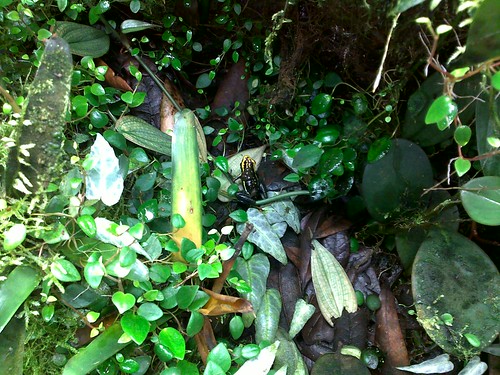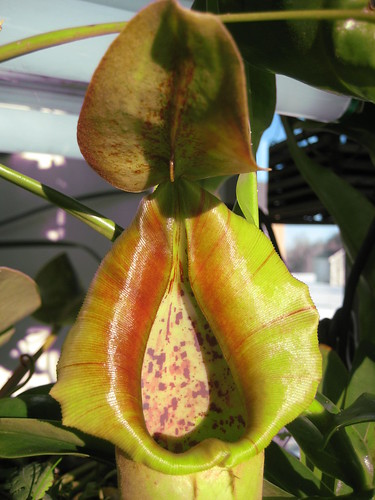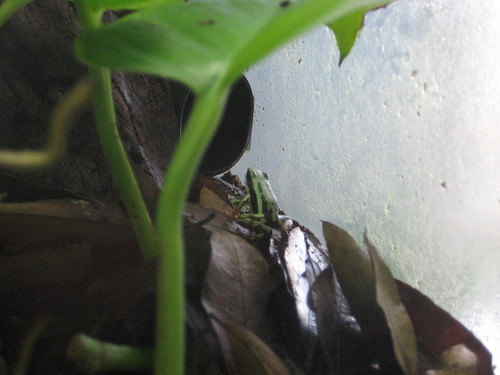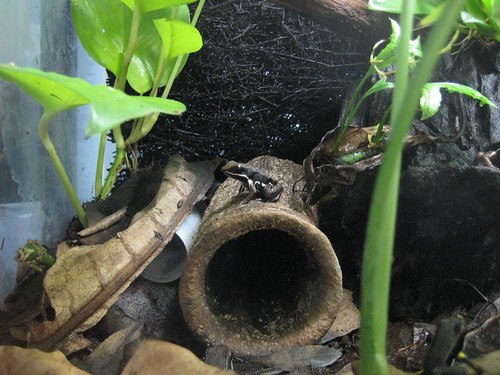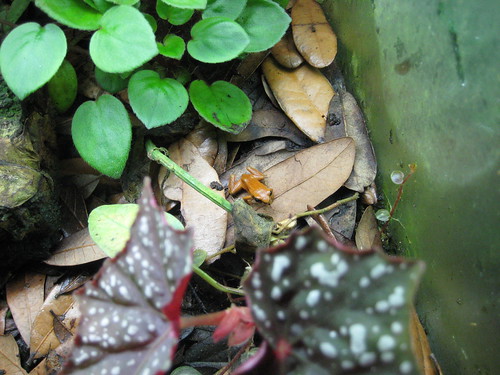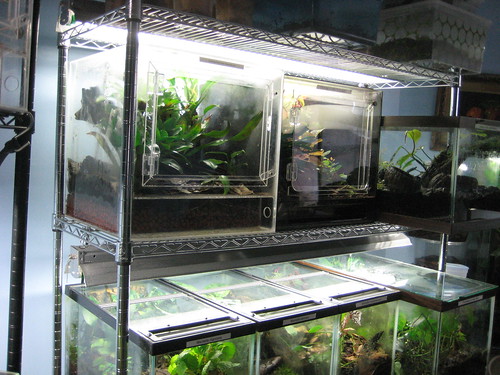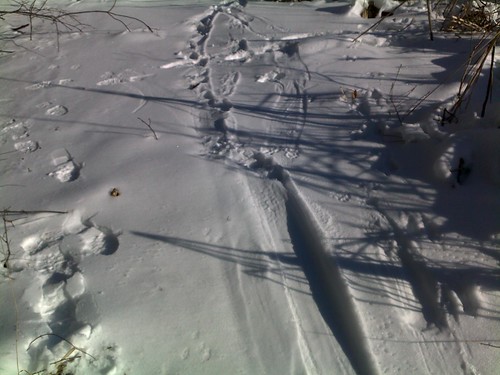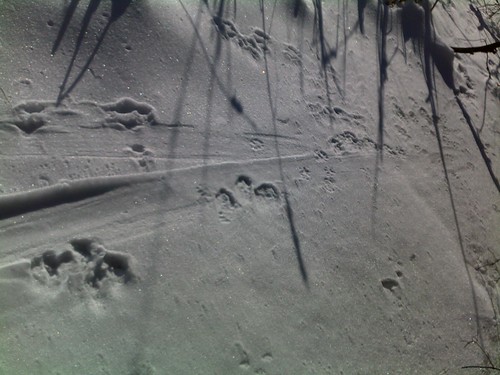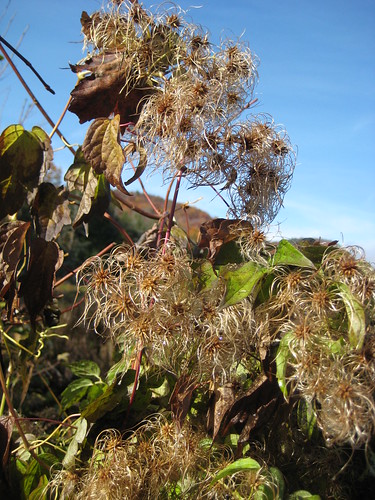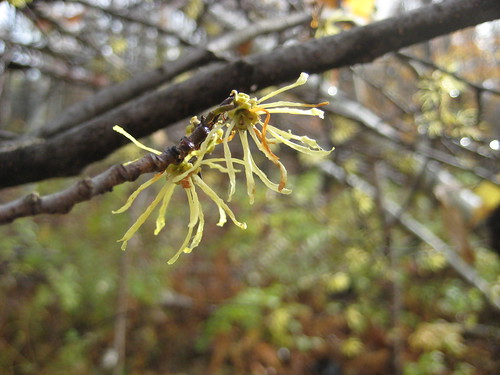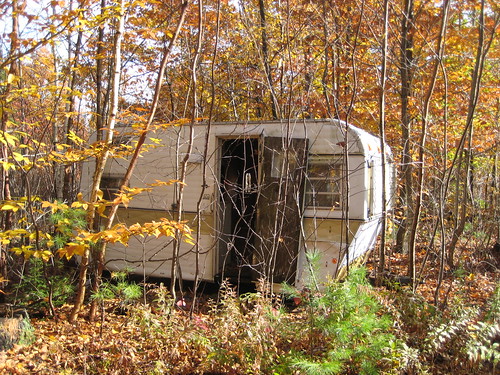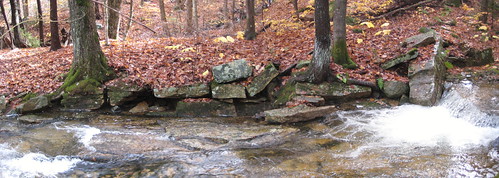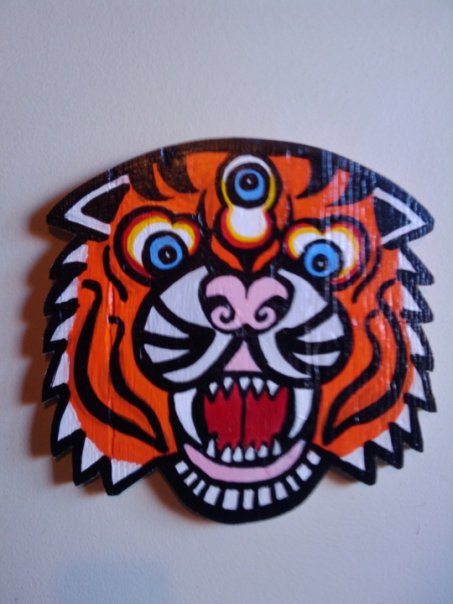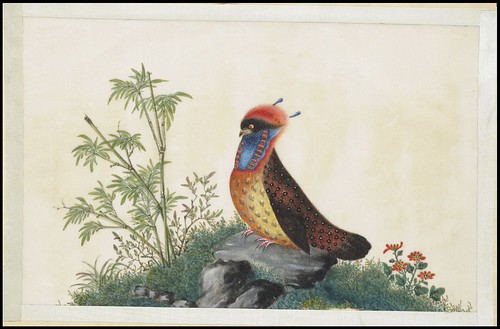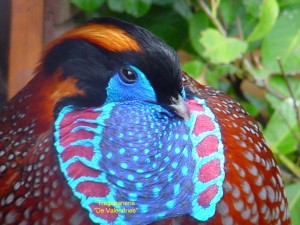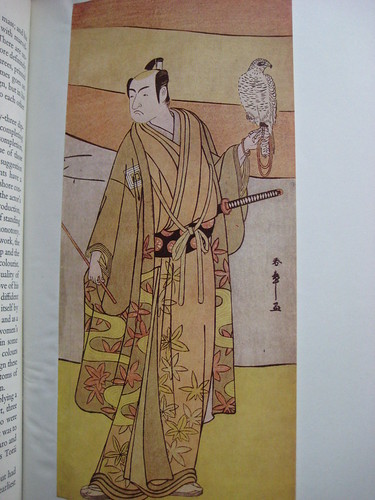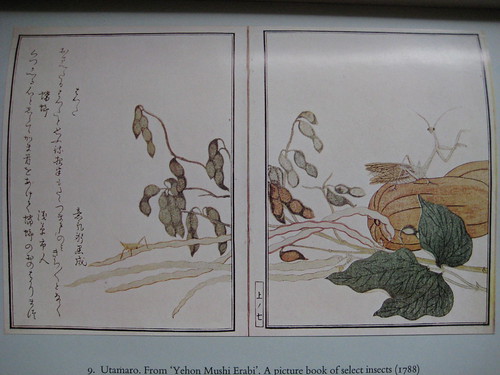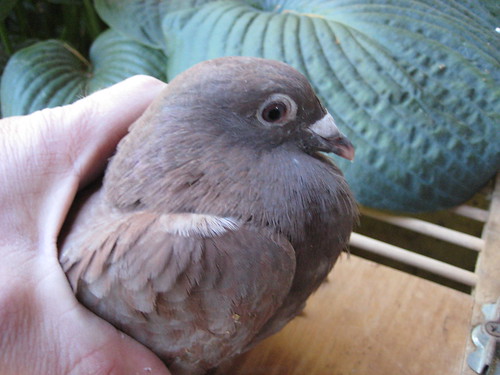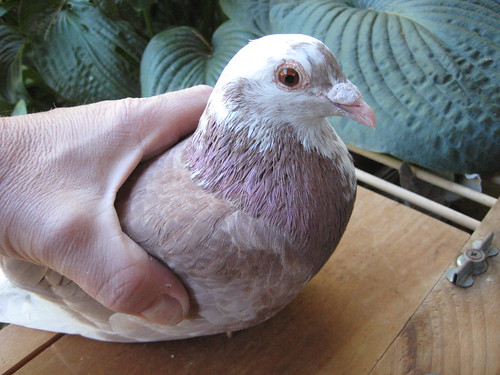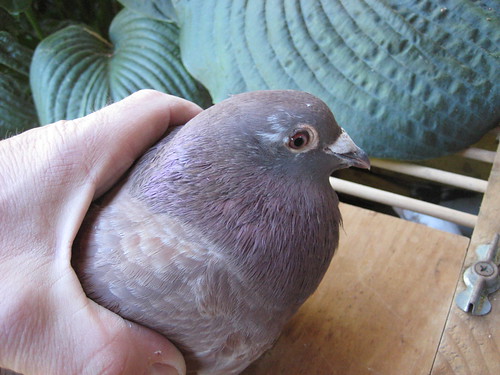Author John Vaillant was in town last night on a book tour in support of his latest: The Tiger: A True Story of Vengeance and Survival. It was a good evening out (understatement). John, Sy Montgomery, Liz Thomas and I met before the event and had some dinner – much tiger conservation strategizing (in the ‘what can writers do’ sense) was done, contacts were exchanged, etc. Fascinating stuff – I was mostly a fly on the wall, but not completely.
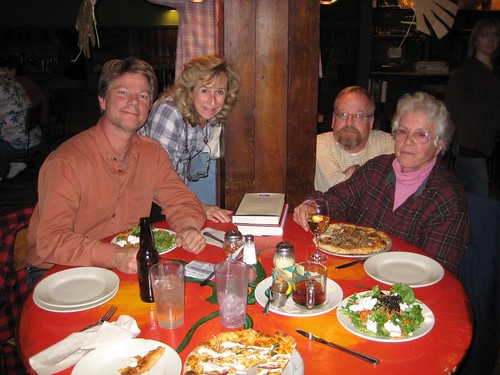
John, Sy, yr humble corr., Liz
*
Then it was off to RiverRun for the main event. I’d already read The Tiger – regardless, I found John’s reading to be riveting and, in the case of the first passage, where Markov meets the tiger for the last time, hair raising. I wasn’t alone – you could have heard a pin drop whenever John had the floor.
The book itself… Before I quote some reviews, my short version -> read it. Soonest.
Steve Bodio:
It is better than good– my favorite book of the year so far, and a likely classic in my rare favorite genre, that which documents (to use a book title) “the edge of the wild”, that interface where humans and “nature” are not artificially separated but in conflict or cooperation, acting on each other. *
Liberty Hardy:
…no other non-fiction book has gotten me so wound up in the last five years as John Vaillant’s The Tiger. It is a phenomenal book! I read it back in March and then had to wait *five* whole months before I could start selling it. But that didn’t stop me from talking about it to everyone in a ten-mile radius. I talked about it so much that it was driving my coworkers crazy. *
Sy Montgomery:
…those who truly know the tiger realize that it also possesses an invisible but equally lethal weapon: a brilliant and calculating mind. One hunter tells the author: “The tiger is strong, powerful and fair. You have to respect him. You think he doesn’t understand the language, but he understands everything. He can read a person’s mind.”
Of course, there are those who say a tiger doesn’t have a mind, much less one that can read ours. But Vaillant’s book teaches a lesson that humankind desperately needs to remember: When you murder a tiger, you not only kill a strong and beautiful beast, you extinguish a passionate soul.
*
*
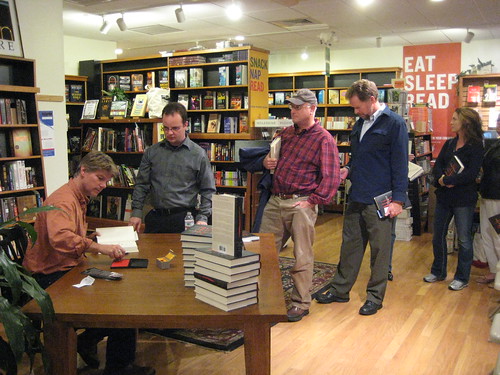
*
After the signing (and chop marking – v. cool) finished up and a phone call from New Mexico was taken (see below) John and I headed out for more conversation, food and drink. Steller’s Sea Eagles were mentioned, the scale of the landscape in British Columbia was discussed and a good time was had (by all? I sure had fun).
A note on how all this came to be:
- Many months ago @missliberty tweeted about how much she enjoyed The Tiger. It registered, but not as a ‘do something now’ item – it would be quite a while before I’d be able to get my hands on a copy.
- Steve Bodio emailed me in early August raving about the book; I turned around and tweeted his recommendation.
- The next thing I know, twitter friends in West Chester, Pennsylvania twote back “We know John – we’re excited about the book too!”
- Someone must have given John a heads-up – I received a nice email from him thanking me for passing on Steve’s recommendation.
- RiverRun loves The Tiger; I’m emailing with the author – what to do? I connect John and RiverRun’s events coordinator. I also let Sy know that a reading might be happening – I think she made a phone call or two.
- Presto – RiverRun gets included on John’s east coast swing. WIN.
RiverRun often livestreams author events – last night was no exception. I asked Tom (the owner) for a favor yesterday – he emailed the stream’s address to Steve. When the event started, John thanked the folks that had made the night happen, including Steve, and as he did he gestured at the webcam. I had no idea whether Steve had gotten the email or if he’d tuned in but I thought, “If he’s watching, that had to have been a bit of a mind-blower.” When the signing was almost over, the shop’s phone rang – call for John Vaillant. Yep – it was Steve, checking in after watching from a ways away. I spoke with Steve as well. Tigers, tragopans and Pheasant Jungles!
I should no longer be surprised by the power of the internet to connect folks, but I continue to be gobsmacked on a regular basis.

